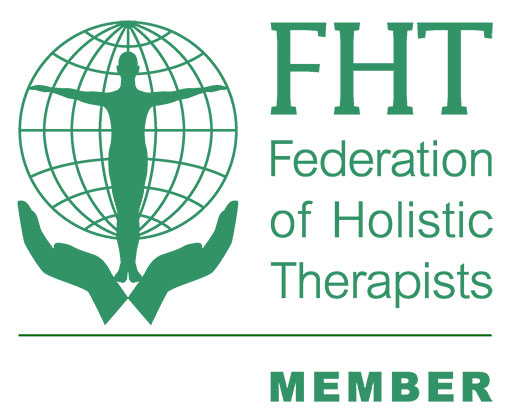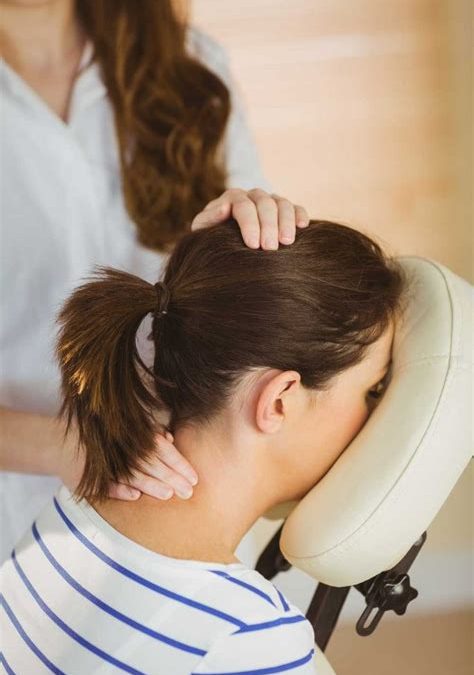Indian Head Massage Training Courses
Ever thought about training in Indian Head Massage?
So, what makes me qualified to provide Indian Head Massage training?
Well… let me tell you. In early 2019 I gained my Level 3 Award in Education & Training which allows me to teach. I have been working in the massage industry for over 11 years and have experience with a range of different massages and techniques.
The massage industry only allows for you to teach courses you are personally qualified in, meaning technically I can teach over 15 different massage courses. Training courses delivered by me in person are fully accredited by ABT. This means once you have passed and received your certificate, you can become a massage therapist, get insurance and charge people for the service.
History of the Indian Head Massage
Indian Head Massage (IHM) is based on the traditional system of medicine known as Ayurveda which has been practised in India for over 3,000 years.
The use of massage in India is recommended to help promote and maintain a balance of energy, help with soft skin, and strong and shiny hair.
From the age of 3 or 4 children receive a daily or weekly massage from their mother to help boost brain power, prevent scalp conditions and promote strong hair.
The oils used in the traditional massage are Almond, Olive, Sesame, Coconut or Mustard Seed oil. They can use just one of these oils or a blend of them together.
IHM was introduced to the UK in the 1970s by Dr Narendra Mehta, who was a traditional physiotherapist having moved to the UK from India but was missing his regular massages. He then developed the techniques to include scalp massage as well as incorporating neck, shoulders, upper back, arms and face. Dr Metha called this form of IHM ‘Champissage’. He is known to have said,
“When the scalp is loose, blood can flow freely and feed the roots”.
This increases blood circulation, strengthens the hair roots and promotes a healthy shine.
Benefits of the Indian Head Massage
This form of massage may only cover a small percentage of the body, but the body can benefit in lots of ways.
Here are just some of the ways that the body could benefit from receiving an Indian Head Massage:
- Help improve joint mobility
- Promote hair growth
- Relieve eye strain
- Help improve sleep patterns
- Help reduce headaches/scalp tension
- Help reduce neck and shoulder tension
- Help reduce stress levels
Below is a basic outline of what you will learn in the course
- Contra-indications
- Pre Massage Check List
- Record Keeping
- Massage Ethics
- Infection Control
- Massage Mediums
- Aftercare advice
- How is Indian Head Massage delivered?
- Alternative options
The theory section of the course is done in your own time in the comfort of your own home. Then the fun begins with the one-day hands-on practical session in which you will be able to put everything you have learnt into practice.
There are a few ways in which Indian Head Massage can be administered, these are: The client can be either seated upright in a low-back chair/Indian Head Massage Chair, or they can be lying on a massage couch.
We will go through the advantages and disadvantages for both, so you make your clients get exactly what they need.
This course will then allow you to put what you have learnt into practice be that for pleasure or to add to your existing business.
Not only do I provide an Indian Head Massage training course, but I also offer Swedish Massage and Thai Hand & Foot Massage courses.
Head to the Essential Thyme Training Page for more information on the training courses I offer.
Follow us on LinkedIn, Facebook and Instagram for further advice and support.




